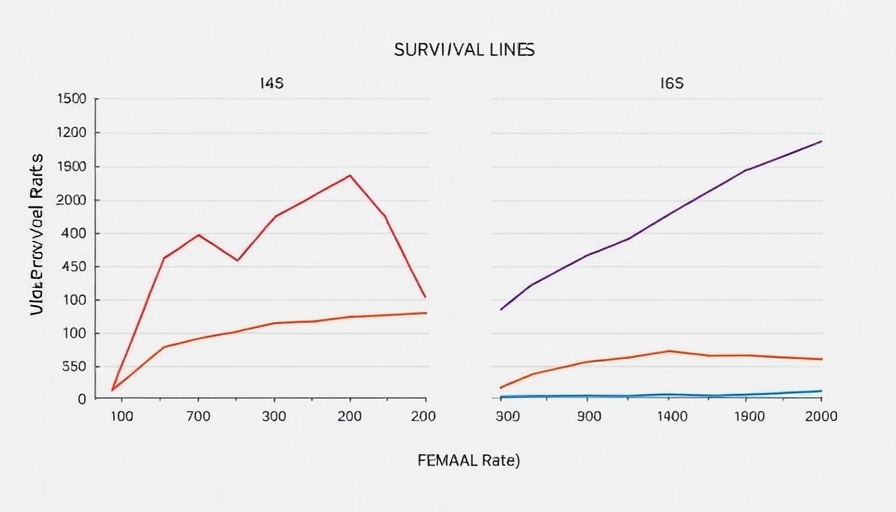
The Quest for Longevity: New Compounds Show Promise
In the rapidly advancing field of longevity science, researchers from the National Institute on Aging's Interventions Testing Program (ITP) have made a significant breakthrough. They have identified three compounds that extend the median lifespan of male mice, thereby offering fresh avenues for anti-aging research. The compounds, epicatechin, halofuginone, and mitoglitazone, showcase distinct mechanisms in increasing longevity yet share a common factor: their effects are predominantly observed in male subjects.
Understanding How These Compounds Work
According to the recent findings, epicatechin, a flavanol famously found in dark chocolate, increased the median lifespan by approximately 5% in male mice. Additionally, halofuginone and mitoglitazone showed an impressive increase of nearly 9% in median lifespan. These findings strikingly highlight a growing trend in aging research concerning the sex-specific effects of anti-aging treatments.
Epicatechin is well-known for its potential benefits on mitochondrial function and blood flow. The power of halofuginone may stem from its reported anti-inflammatory properties, alleviating age-related inflammation, a key contributor to various health issues as mice age. Meanwhile, mitoglitazone targets mitochondrial dysfunction directly, fitting into the category of metabolic regulators vital for cellular rejuvenation.
The Importance of Rigorous Testing
The Interventions Testing Program is distinguished by its robust testing protocols that aim to minimize biases inherent in traditional studies. Experiments are conducted at three different research facilities using genetically diverse mice. This not only enhances the credibility of results but also increases their relevance across broader populations.
The reliability of the ITP's findings cannot be overstated; results that consistently emerge across various locations strengthen the case for these compounds as viable candidates for further research in the quest for longevity.
Understanding the Male-Female Divide
Interestingly, none of the compounds demonstrated lifespan benefits in female mice. This observation ties into a concerning trend noted across the field of aging research, where male-biased benefits frequently arise. Factors such as hormonal differences, metabolic variations, and cellular responses to stressors play significant roles in these outcomes. Understanding these disparities is crucial for developing future anti-aging therapies that could effectively work for both sexes.
Future Directions in Longevity Research
The implications of these findings extend beyond the laboratory. They indicate the potential for natural compounds, such as those already found in common dietary items like cocoa and green tea, to play significant roles in extending healthspan and lifespan. However, while animal studies pave the way for hopeful outcomes, we must proceed cautiously; human studies are needed to translate these findings into practical recommendations.
A Call to Explore Legacy in Research
As we embark on deeper investigations into longevity science, these exciting discoveries compel us to reflect on the essence of aging and how we approach it—not merely as an inevitable decline but as an area ripe with opportunity for discovery and improvement. Keeping abreast with the latest growth in aging research not only enriches our understanding but also empowers us to make informed decisions for a healthier, longer life.
To stay at the forefront of aging-related discoveries and strategies for enhancing vitality, consider joining discussions in longevity communities and following ongoing research initiatives.
 Add Row
Add Row  Add
Add 




Write A Comment